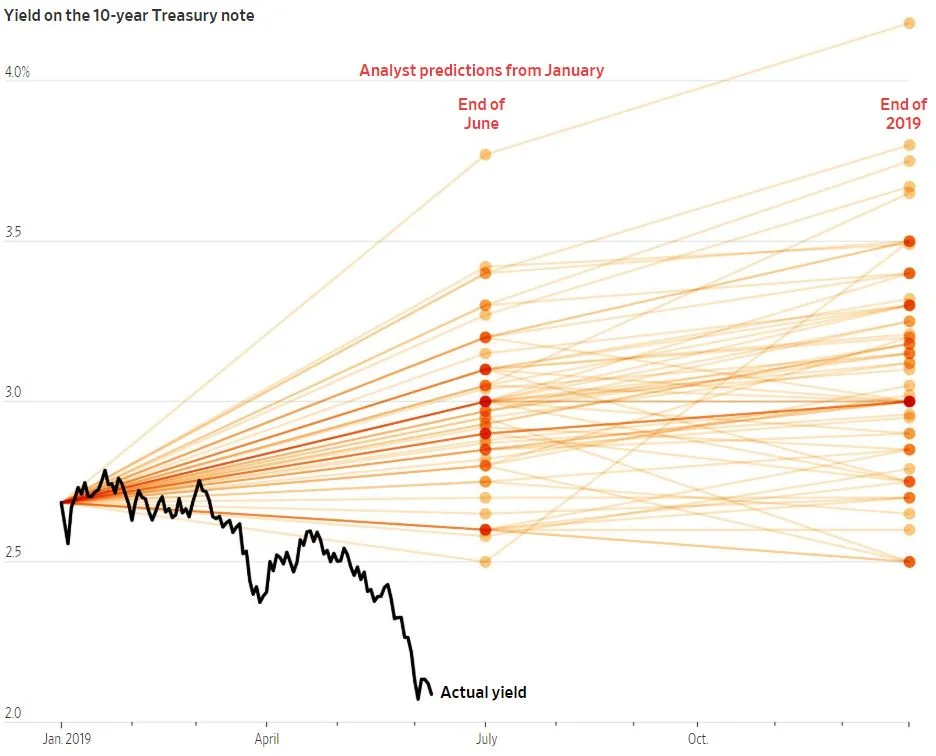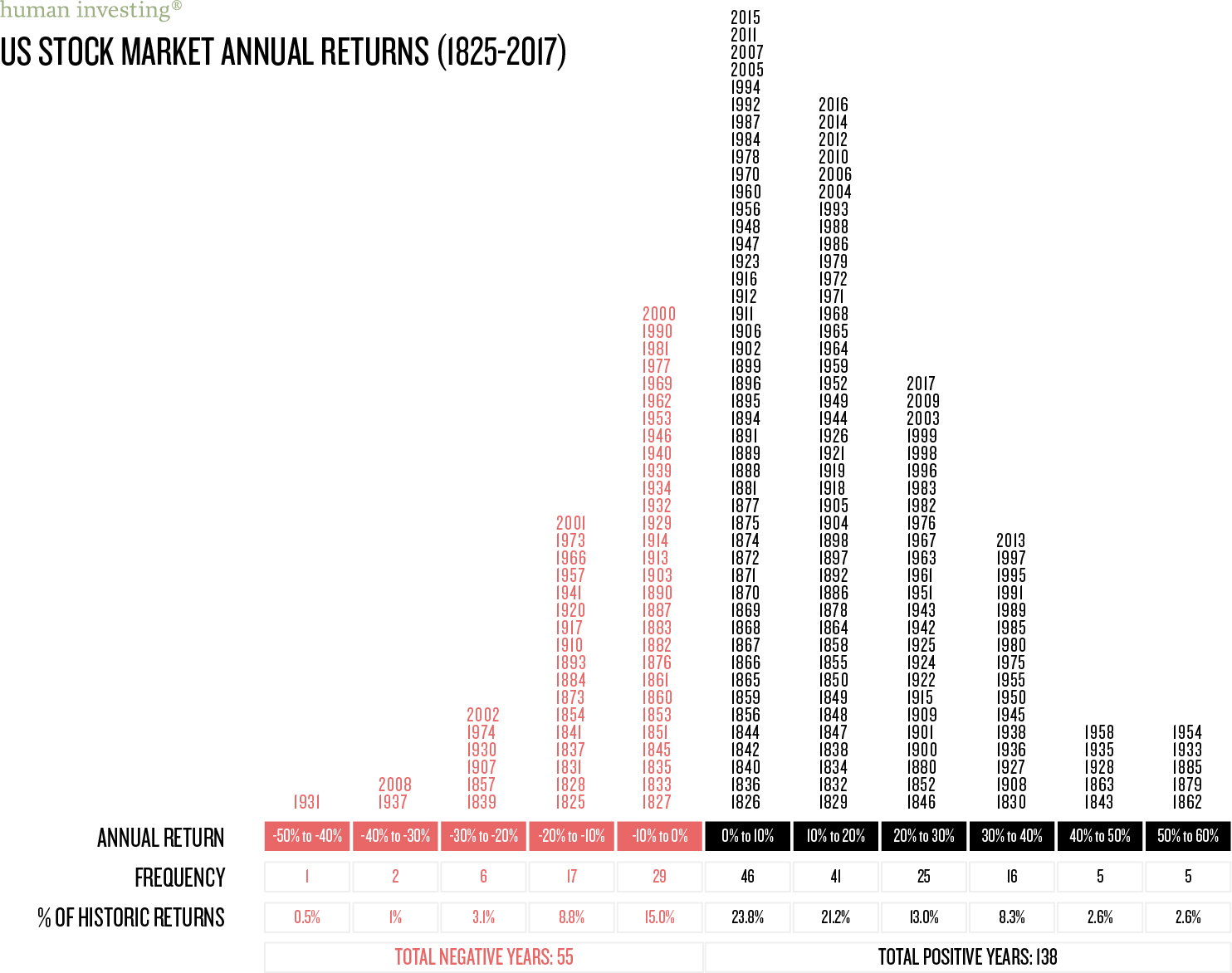The Nike Deferred Compensation Plan can be a powerful way to lower your income taxes and save additional pre-tax funds above and beyond any 401(k) contributions.
With open enrollment approaching, we wanted to share the 5 most common mistakes we see with Nike Executives.
1. Ignoring Profit Sharing Contributions from Nike
If you earn over $280K (2019) in combined Salary & PSP, then Nike makes profit sharing contributions on your behalf directly into the Deferred Compensation plan even if you do not contribute to the plan. These contributions are often viewed as insignificant, but they can quickly accumulate to a sizable amount. We commonly see these contributions ignored and left invested in the default, which is cash, and thus miss out on multiple years of potential growth.
2. Forgetting about Evergreen Provisions
Evergreen provisions mean that any elections you make in the previous year will continue to roll forward each year if you do not participate in open enrollment. For example, if you decided to defer 10% of your salary last year and do not participate in open enrollment, you will automatically be re-enrolled at 10%. Deferred Compensation plans are more rigid than 401(k) plans and you cannot change your salary deferral to the Deferred Comp Plan mid-year. The takeaway is that if you want to make any changes to deferral percentages, sources or distribution options it is important to participate in open enrollment.
3. Not Having a Strategic Plan for Distribution Option Selection
In the Nike plan you have the option to select a distribution schedule in which the funds are paid out after leaving Nike. The options range from Single Lump Sum or Installments over 5, 10 or 15 years. It is important to remember that distributions are initiated soon after you leave Nike regardless whether it is voluntary, such as retirement/job change, or involuntary, such as being laid off/fired. The distributions are subject to ordinary income tax so if you receive a large distribution in a short period of time it may push you into a high tax bracket and create an unnecessarily large tax bill.
This is where detailed financial planning and tax projections can help minimize the tax impact. Planning out year by year the combined amount of these distributions with other anticipated income sources is crucial to managing your tax bracket and maximizing this benefit. Once you have elected a distribution option you can change it, but there are very specific rules outlined by the IRS that you need to follow. All changes need to be made at least 12 months in advance of leaving Nike, so it is important to do any planning ahead of time.
4. Misunderstanding the Investment Time Horizon
Determining an appropriate mix of investments is impacted significantly by the time frame for when distributions are needed. Investments in stocks can be volatile in the short-term but can provide a greater return than safer short-term investments like cash or bonds over a long period of time (10+ years). Funds in a deferred compensation plan are often mis-categorized and lumped together with more aggressively invested retirement funds like 401(k)s and IRAs.
The time horizon for Deferred Compensation Plans are very different than IRAs and 401(k)s. For IRAs and 401(k)s, you are not required to take distributions until the year you reach age 70 ½, and those distributions can be spread out over the rest of your life. On the other hand, Deferred Compensation plans have a much shorter time frame since they are initiated after leaving Nike and have a set distribution schedule of between 1 and 15 years. Due to the shorter time horizon with a Deferred Compensation plan, we believe it is prudent to have a more conservative investment mix than other retirement accounts and to incorporate it into your financial planning projections to determine the best mix.
5. Missing Out on the State Income Tax Strategy
An often-missed state income tax strategy exists with Deferred Compensation plans. If you select the lump sum or 5-year distribution option, the state of Oregon will still tax your Deferred Compensation distributions regardless of what state you live in at that time of distribution. If you move out of Oregon to a state with no/low income tax rates (i.e. Washington), it is advantageous to select a 10 or 15-year distribution option to avoid Oregon state income taxation. If there is a possibility that you will move out of Oregon after leaving Nike, make sure to evaluate the local taxation compared to Oregon and plan accordingly.
We’re here for you if you have questions
In summary, the Nike Deferred Compensation Plan can be a very advantageous benefit from a savings and tax perspective but due to its unique rules and IRS requirements it is most effective when incorporated within a customized financial plan. If you have questions or want to better understand how to take advantage of the Nike Deferred Compensation Plan, you can schedule time with me on Calendly below, e-mail me at marc@humanvesting.com, or call or text me at (503) 608-2968.






















































































